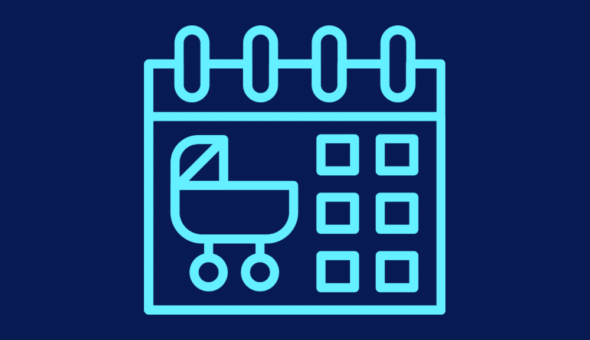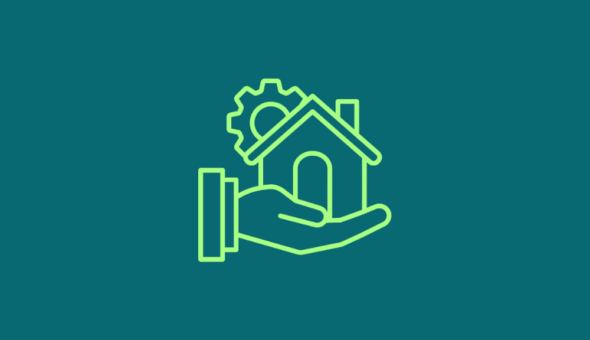Ricardo Garcia Mira is Full Professor of Social Psychology at the University of A Coruna, Spain, and an Honorary Professor at the Institute for Policy Research of the University of Bath during the period 2016-2024. He was the Coordinator of the GLAMURS project (7thFP) on Green Lifestyles, Alternative Models, and Upscaling Regional Sustainability.
Part one of Prof García Mira’s blog can be found here.
Sustainability and Lifestyle Change
A lifestyle is, in short, a pattern of time use in a domain or context of daily life, which occurs in a specific place and adopts a consumption model, rather than a simple sum of independent behaviours. What makes this pattern sustainable is its characterization as low carbon, and its social and economic dimension, which guarantees a reasonable level of individual and social well-being and pursues a relatively equitable distribution of opportunities and resources.
People organize their activities differently depending on the number of experiences they want to develop and the time they have for it. These experiences can generate stress and unhappiness, causing certain behavioural adjustments, such as eating out because there is no time to eat at home, or taking the car for short trips because there is no time to do it on foot, with implications for sustainability. That is, the way in which people structure their daily lives, make decisions in relation to work, home, or leisure time, and whether all of this contributes to their well-being has an impact on a sustainable lifestyle. Furthermore, our research shows that certain activities are more intensive in terms of energy or resources invested than others, and that different patterns of time use are related to differences in consumption patterns. Therefore, more important than identifying the type of consumption of a person or group is to focus on how the way in which an individual organizes their daily life can constitute an obstacle or can enable change to be activated in a sustainable direction.

The comparative analysis of the results of a survey carried out in the seven study regions (see Figure 1) showed that psychological factors such as environmental identity, the feeling of doing things for oneself (self-efficacy), the feeling that the state of the environment is important for oneself and feeling part of the group of people who protect it, personal aspirations or positive perceptions about the residential area in which you live, increase the probability of having more sustainable lifestyles. The comparative results also showed that creating opportunities for the population to engage in activities with a low associated carbon footprint favours the dissemination of sustainable habits and lifestyles and promotes social cohesion, helping to reduce the most harmful environmental behaviours.
If we try to explore what are the reasons why people advocate having to opt for more sustainable lifestyles, in general, people say that being more sustainable leads them to be more satisfied with their lifestyle. The search for greater well-being is the main motivation among people who decide to ride a bicycle, be environmental volunteers or cook their own food.
Most people relate sustainability to the type of activities related to transportation or food, areas in which people are more accustomed or have a greater capacity for individual choice. People who actively participate in a sustainability initiative do not understand it as a significant impact on the sustainability of the lifestyle, but as a positive reinforcement of a lifestyle that they had already assumed before their participation in the initiative. Social reasons, such as the desire to meet people with similar tastes and orientations, are also some of the main reasons. Among the consequences of leading a more sustainable lifestyle, the need is also emphasized, if not to have more time, to organize in another way. The reduction of working hours is the main factor when asking about possible formulas that would facilitate the diffusion of these less carbon-intensive time management patterns.
Scaling Changes: The Contribution of the Social Sciences
People want sustainability. Without a doubt, people show a desire to make improvements in terms of sustainability in their lifestyle, have greater contact with nature, greater autonomy in managing their time and spend more time with their loved ones. However, although preferences and determinants at the individual level are important, the contribution of Microeconomics, Macroeconomics and Artificial Intelligence allow the development of different experimental models that identify barriers that could slow down transition processes. Although participation in sustainability initiatives (e.g. responsible consumption initiatives) strengthens the members of society most committed to it and can be understood as laboratories of active citizenship, the evidence seems to indicate that the promotion of these grassroots movements does not would be enough to bring about a major shift towards sustainability. Changes in market regulations, large-scale technological and policy changes are also needed.
Among others, research has developed consumer decision models for the identification of thresholds, turning points that, if achieved, would ensure the beginning of the transition towards sustainability, in which the contributions of social and environmental psychology were decisive. Among other results, the model showed that social norms (what society considers "normal") are indifferent to sustainability. These simply reinforce that tendency at an aggregate level that is the majority in a given society, potentially favouring the immobility of the population with respect to their unsustainable consumption decisions, and even rewarding unsustainability in certain cases, such as the introduction of a consumption tax.
Once a minimal part of the population adopts a sustainable lifestyle, reaching that aforementioned threshold, the effect of social norms would benefit sustainability, helping to spread it. Furthermore, the model identified how people achieve greater well-being when they perceive that they are behaving better than the majority at times when sustainable lifestyles are a minority in a society. This benefit is an incentive for pioneers, which disappears as the movement becomes widespread. The model also shows the need for inclusion in the transition towards sustainability, the need to campaign for those sectors of the population that do not have a sustainable lifestyle. A significant social difference in the degree of environmental awareness, an environmental gap, would favour unsustainable lifestyles.
Change Opportunities towards Sustainability in a Pandemic Context
The health crisis caused by the pandemic has interrupted our normal life, but it has allowed us to visualize opportunities that we would not have in another context. It is about returning to our routines and modifying them, where success consists in preparing to adapt through new individual and collective learning:
- Mobility.- Mobility is one of the dimensions on which the most adept climate change adaptation campaigns have accumulated, with the implementation of policies to encourage the sharing of vehicles or the use of public transport. The emergence of the pandemic, however, meant a step back, encouraging the opposite to avoid contagion. We must recover the opportunity that the reduction in mobility has brought to undertake the necessary urban transformations that allow us to enjoy a less congested world. It is time to change the mode of travel and learn more efficient and resilient modes of transport in a framework of sustainable mobility. The development of artificial intelligence and big data will bring with it a more rational city, more connected and with new opportunities.
- Energy.- The confinement and the greater time that people spent at home, including online work, generated greater energy consumption in the domestic environment, which operated against the sustainability criteria in terms of the objective of reducing consumption that it supposes The promotion of the production of renewable energy in the home, and of renewable energy in general, both wind and solar, will introduce corrective factors to the extent that it is accompanied by more affordable or even free prices.
- Food.- The main obstacle refers to the high price of organic food and the difficulties in acquiring deep knowledge for the practice of permaculture (which is a pillar in many sustainability initiatives, for example in ecovillages and other similar international communities). Food safety, on the other hand, plays a key role in the food industry. The production of healthy and sustainable food must be a fundamental pillar both from the point of view of future pandemics and from the point of view of sustainability and health. Global access to drinking water, the effect of fossil fuels on health, the lack of control over the sale and consumption of wildlife, the food production system, are some examples of factors with emerging risks.
- Housing.- Housing occupies a fundamental place in the design of transitions towards sustainability, with the need to design adaptation strategies based on the generation of eco-efficient measures in the efficient management of supplies in relation to energy, water, or the difficulties that distance can suppose as an impediment to get to other places such as work, school, the market, which has concomitants with other dimensions of energy consumption or mobility. The pandemic has revealed the vulnerability of households, in terms of social relations, digitization, violence or work, to name a few.
In general, some needs have been identified that aim to continue developing activities and strengthening their role to continue promoting sustainable and desirable lifestyles: a) More dialogue, exchange and trust building between research and political practice; b) Better networks of sustainability actors; and c) Better documentation and communication infrastructures to share success stories and good practices.
Finally, something that has been reborn with the pandemic, and transdisciplinary work is producing multiple solutions, is the development of digital telematics (ICT) skills to face both security and the challenge of climate neutrality in 2050. It will undoubtedly mean consolidating that positive relationship between digitization and socio-economic progress. It will optimize effort and results. We will get more for less, reducing waiting or repetitive tasks and facilitating access to information and a greater number of services. In turn, the cities will improve their operation and their health security, and will allow a more responsible administration of their energy needs, and the management of waste, water and transport, in a much more efficient way.
The solution is to establish a Single Window for Climate Neutrality, which contributes to the reduction of emissions with a focus on citizen participation and social innovation, inclusive and collaborative, and which integrates universities, financial investors, citizens, NGOs and innovators. to collaborate and work with the group of European cities today committed to the climate issue. It will undoubtedly create value for participants, but also for generations to come.
Part one of Prof García Mira’s blog can be found here.
All articles posted on this blog give the views of the author(s), and not the position of the IPR, nor of the University of Bath.
Respond




